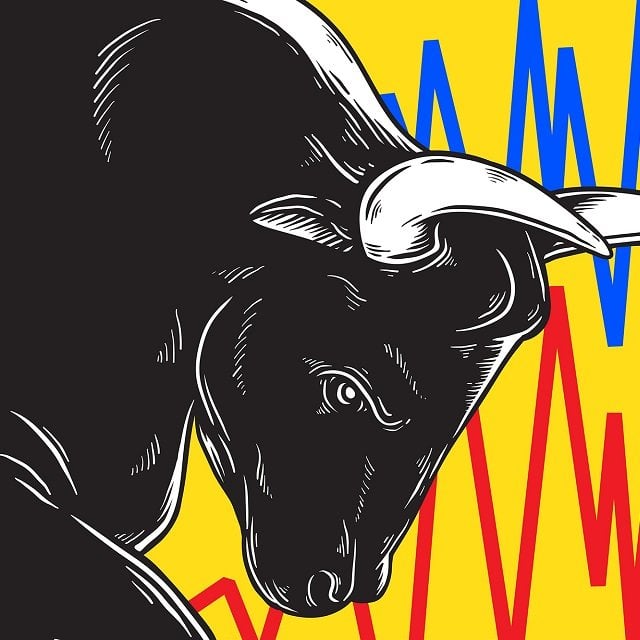The Bull Market Is Back. What Now?

The bearish narrative that only seven big tech stocks are driving the market rally no longer applies, Ritholtz Wealth Management co-founder and CEO Josh Brown said as the stock market entered bull territory this week.
“That’s not true anymore and this week I think knocks that out of the window,” Brown said on CNBC’s “Fast Money Halftime Report” on Thursday.
Charles Schwab & Co. Chief Investment Strategist Liz Ann Sonders also noted that more stocks are showing strength, citing significant improvement in market breadth, which she called a welcome sign.
Brown, Sonders and others shared insights on where the bull market may go and what it means for investors, with some suggesting the rally has more room to run.
Earlier in the week, Sonders noted in a Schwab video that the share of S&P 500 and and Russell 2000 stocks trading above their 50-day moving averages was up significantly over the prior few days. Through Thursday’s close, the percentage of S&P 500 stocks above their 50-day moving averages was 58%, while for the Russell 2000 it was up to 73%, she told ThinkAdvisor on Friday.
Ritholtz Wealth’s Brown made a similar observation Thursday, also noting that 62% of stocks on the Nasdaq Index were above their 50-day moving average.
“This is the first time small-cap stocks have had a greater relative strength than both the Nasdaq and the S&P 500 since the start of this year, and a day like yesterday when they beat up the FAANG (mega-cap tech stocks) makes that trend even more pronounced,” Brown said.
“The Russell 2000 is outperforming the S&P by 5% this week. That’s notable. It’s a very big catch-up trade,” he added. For investors wondering whether they missed the opportunity, he added, “I don’t think so.”
The forward price-to-earnings ratio for the S&P 500 is 18.5, while the same valuation ratios for the mid-cap S&P 400 and the small-cap S&P 600 are 13, Brown noted Thursday.
“That’s a huge disparity, and maybe they should be cheaper, but 25% cheaper? That might be too much. That’s what’s going on in the market this week. That’s the new narrative and I think people better get used to that improving breadth and stop repeating this thing, ‘Oh it’s just five stocks, it’s just seven stocks,’ because that’s not the truth anymore,” Brown said.
Sonders told ThinkAdvisor investors should remember that FOMO, or fear of missing out, “is not an investment strategy.” They should “continue to focus on quality factors — like strong free cash flow, healthy balance sheet, positive earnings revisions/surprise, healthy profit margin, pricing power, etc. — when screening for attractive equities.”
She also suggested investors use periodic rebalancing to make sure they avoid “concentration” risk.




